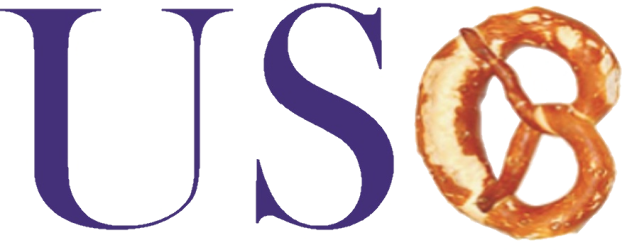g. fdist[ 'monstrous' ] , which confides in us the quantity of days confirmed term features took place a book. Look-up using statement was https://datingmentor.org/canada-cougar-dating/ familiar to whoever has put a dictionary. A few more instances are shown in 3.2.
Figure 3.2 : Dictionary Look-up: we access the entryway of a dictionary using an integral eg someone’s identity, an internet domain name, or an English word; more names for dictionary become chart, hashmap, hash, and associative collection.
In the case of a phonebook, we look up an admission utilizing a name , and acquire straight back several. Whenever we type a domain term in a web site browser, the pc looks this to reunite an IP target. A word volume dining table permits us to lookup a word in order to find the regularity in a text range. Throughout these matters, we’re mapping from brands to data, rather than the some other way around much like an inventory. In general, we wish to be able to map between arbitrary forms of facts. 3.1 records various linguistic items, alongside whatever they map.
Oftentimes, the audience is mapping from a „word“ to a few structured object. As an example, a document directory maps from a phrase (which we could express as a string), to a listing of content (symbolized as a listing of integers). In this section, we will have tips portray these mappings in Python.
3.2 Dictionaries in Python
To illustrate, we establish pos become a clear dictionary then create four entries to they, indicating the part-of-speech of some keywords.
We create entries to a dictionary with the familiar square class notation:
This elevates an essential concern. Unlike lists and strings, where we could need len() to sort out which integers will likely be legal spiders, just how can we exercise the appropriate points for a dictionary? In the event that dictionary is certainly not too-big, we are able to simply inspect the materials by evaluating the adjustable pos . Once we spotted above (line ), this gives you the key-value sets. Observe that they may not be in the same order these were initially inserted; this is because dictionaries aren’t sequences but mappings (cf. 3.2), in addition to keys aren’t naturally purchased.
As an alternative, to just discover keys, we are able to convert the dictionary to a listing – or make use of the dictionary in a perspective in which a list is expected, as the parameter of sorted() , or in an as cycle .
Whenever you type list(pos) you will discover another purchase with the one shown over. If you want to notice secrets if you wish, just sort them.
Including iterating over-all keys within the dictionary with a for circle, we could make use of the as cycle even as we did for publishing listings:
Eventually, the dictionary means techniques () , values () and items () let us access the secrets, values, and key-value sets as separate listings. We can also sort tuples , which orders all of them based on their particular very first aspect (and in case 1st areas are exactly the same, they utilizes their unique 2nd factors).
We would like to make sure when we seem some thing up in a dictionary, we just buy one appreciate for every secret. Now imagine we you will need to make use of a dictionary to save the fact that the term sleep can be utilized as both a verb and a noun:
In the beginning, pos[ 'sleep' ] is provided the worthiness 'V' . But this can be immediately overwritten making use of new benefits 'N' . This means, there could only feel one admission from inside the dictionary for 'sleep' . However, there clearly was a way of keeping several values for the reason that admission: we incorporate a list benefits, e.g. pos[ 'sleep' ] = [ 'letter' , 'V' ] . Actually, this is just what we noticed in 4 for your CMU Pronouncing Dictionary, which shop multiple pronunciations for an individual term.

